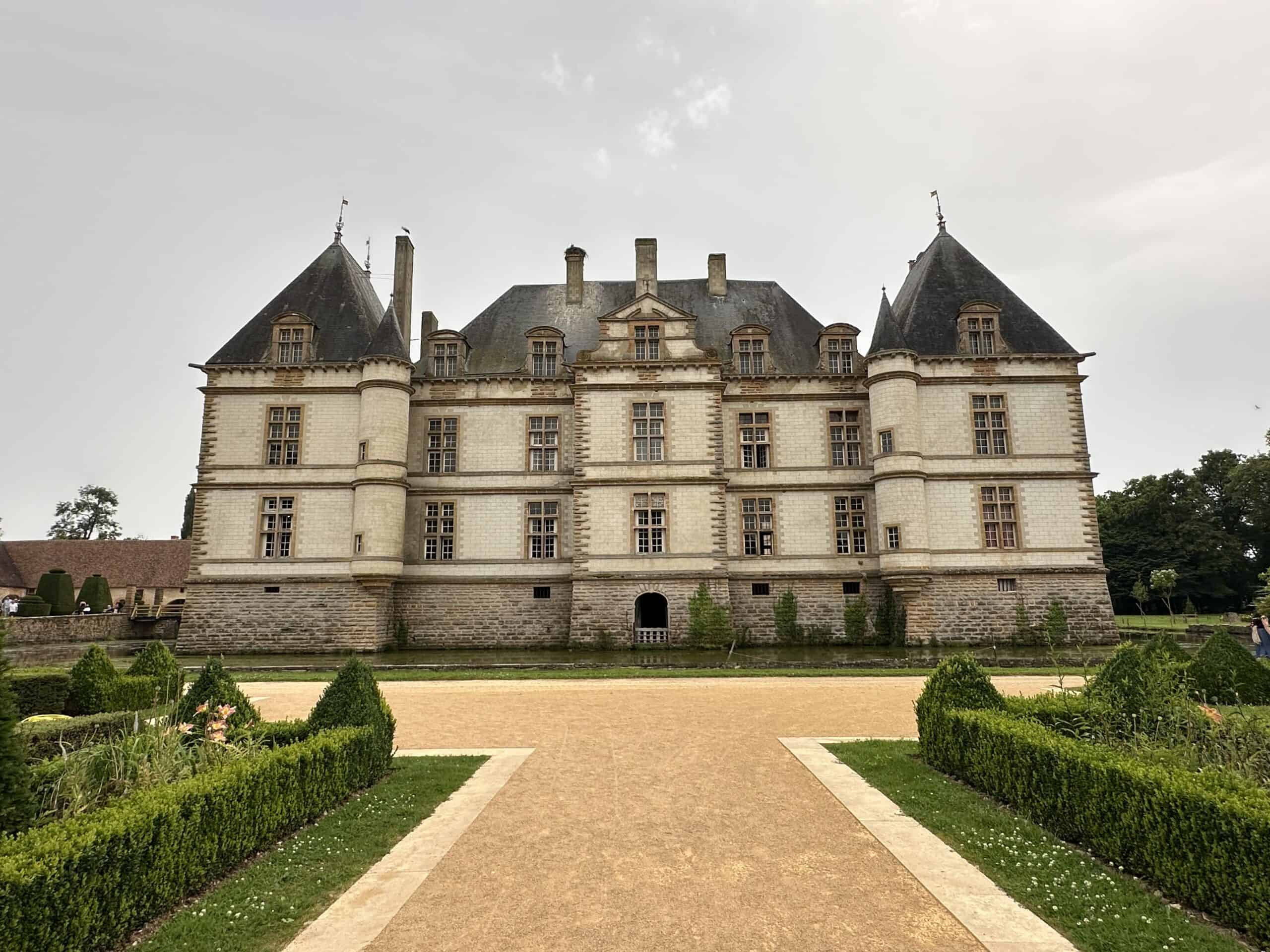
Construction of the current building began in 1605. It occupies the exact location of a stronghold built by Henri du Blé in 1280.
The du Blé family, although of ancient nobility (in fact it was already noble in the year 1000), was for a long time of only local importance.
It was only in 1560 that the family acquired, through marriage, the barony of Huxelles and with it obtained the noblest lands of Burgundy.
At the end of the sixteenth century, during the Wars of Religion, Antoine du Blé became one of the main warchiefs of the Catholic League.
In 1595 he left the Catholic movement to support the new king, Henry IV.
In 1605 Antoine du Blé undertook the reconstruction of Cormatin, the oldest family estate.
The military appearance of the facades is directly inspired by the citadel of Châlon.
The construction of a castle represents an essential element of social gratitude. Castle retains the feudal plan: a square with four pavilions at the corners. Originally a bastion closed off the side of the entrance and access was only possible through a drawbridge placed over a 26-meter-wide moat.
The south wing collapsed in 1815 when an attempt was made to transform it into a textile factory.
Central wing lost its high slate roofs and skylights following a fire that broke out in the early 19th century.
The castle inside houses the historical museum and the whole site is a National Heritage Site.
















